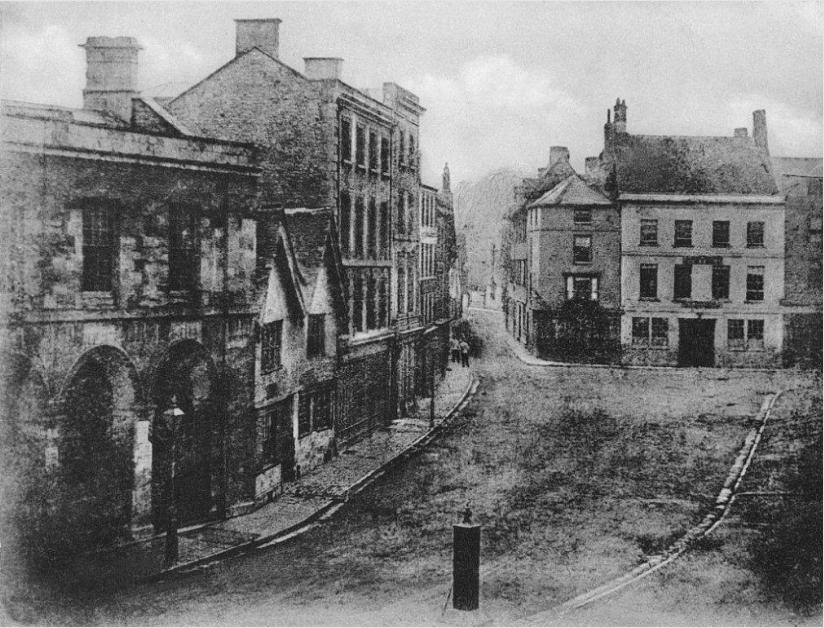
From Newsletter No 56 for Summer 2012
Cirencester photographers over the years
The work of Cirencester’s photographers, that is those with studios in the town, has been used in numerous publications over the years, especially in albums of images of town life. There is a parallel strand too, as modern businesses occasionally seek to hark back by displaying how their smart, ultra-modern premises of today contrast to the way it all once looked, in a distant age.
Research in a gentle sort of way by a number of local enthusiasts, especially Phil Griffiths, Eddie Cuss and Rick Martin, all keen collectors of local images and postcards, has provided an informal forum for the sharing of information, freely given in the best spirit of local history. Cirencester’s annual Bingham Gallery exhibitions, always based around a specific theme, have made good use of such images, as well of course as drawing upon the significant photographic archive held there in the collections of the Bingham Library Trust, see www.binghamlibrarytrust.org.uk.Daniel George Bingham encouraged successive librarians to collect anything and everything to do with Cirencester – hence the strength of the Trust’s collections today. Copy prints of many of the photographs are bound into The Welsford Volumes with examples of the work of many of the photographers active in the town since 1850.
For example, this earliest known photograph of the Market Place, below, was taken sometime after the clearance of houses in 1830, itself a major project. It is a fascinating image to study, possibly the earliest photographically-recorded street view in the town, but alas the name of the photographer remains a mystery.

To date the earliest reference to a photographer working in the town is of one M. Baume who placed this advertisement in the Wilts & Glos Standard, March 24 1855:
‘For a short time only. M. Baume. Photographist. Has opened one of his photographic Portrait Rooms in the Market Place, where portraits are taken on the newest and most approved principle. Also the new Stereoscopes, Plate, Collodian & Paper’
The development of photography opened up a new world of record. Studio portraits and cartes de visite allowed families to exchange images of themselves. Subsequently, national firms and household names such as Henry Taunt, Francis Frith and Valentines of Dundee produced countless topographic views which were printed as postcards – a quick and cheap method of sending messages, often delivered the same day.
Commercial photographers of repute in the town included T.W. Gough, F. Mortimer Savory, and W. Dennis Moss. The table below illustrates periods of activity of these and other individuals, and offers a framework into which you might be able to place photographs in your own collections. Further information (and any new names) would be much appreciated, [Use email link on right].David Vine